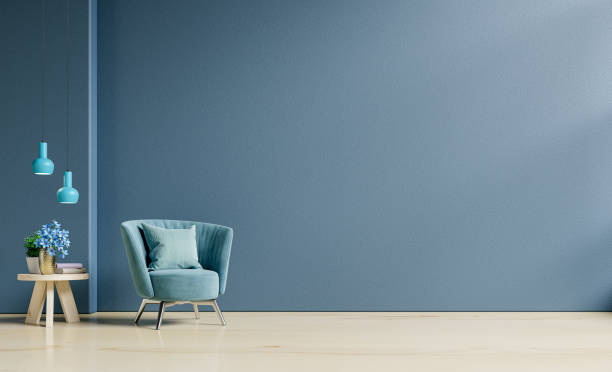Have you ever noticed how colors can affect your mood? While the color of your walls may seem like a minor detail, studies have proven that it can significantly affect our mental state, concentration, and energy levels. Not only can it influence our feelings, but it can also affect behavior and decision-making. It’s important to be aware of the psychological effects of color when deciding on a color for your walls.
First of all, it’s important to understand the basics of color psychology. While the exact definition of color psychology is still open to debate, it explains how colors can have a psychological, emotional, and physical effect on us. Many of these effects are instinctual and subconscious, so it’s important to pay attention to which colours we’re drawn towards. Different colors evoke different feelings, so you’ll want to choose a color that evokes the feeling you’re looking for in your space.
For a space that is meant to be tranquil and calming, for example, opt for blues or greens. Blues can be very calming and promote feelings of tranquility, while greens can evoke a sense of peace. A sunny yellow, on the other hand, can help energize and motivate. If you’re looking to create a feeling of luxury and opulence, gold or bronze could work.
Aside from emotions, color can have a physical effect on us as well. Bright colors can help energize and invigorate us, while softer shades can help us relax and unwind. Darker shades can reduce the amount of light in the room, making it more conducive to sleeping and rest. Color can also help set the tone for the room, whether it’s a colorful room meant for play or a peaceful blue room designed for rest.
After choosing the right color for your walls, you’ll also want to consider color combinations. To create a harmonious and balanced feel, it’s best to choose colors that complement, rather than clash, with each other. Utilizing contrasting colors or shades can help create a dynamic and exciting feeling. If you’re unsure of how to combine colors, there are plenty of resources available online that can help you create the perfect combination.
Lastly, it’s important to remember that color can also have cultural implications. Different cultures have different associations with colors, so you’ll want to be mindful of these connotations when choosing a color for your walls. For example, in some countries blue could be seen as cold or distant, while red could signify energy and passion. It’s best to research the cultural implications of your chosen color before committing to it.
At the end of the day, the colors you choose for your walls can significantly affect your mood and behavior. With a little bit of research and consideration, you can ensure that your walls evoke the emotions that you’re looking for.
